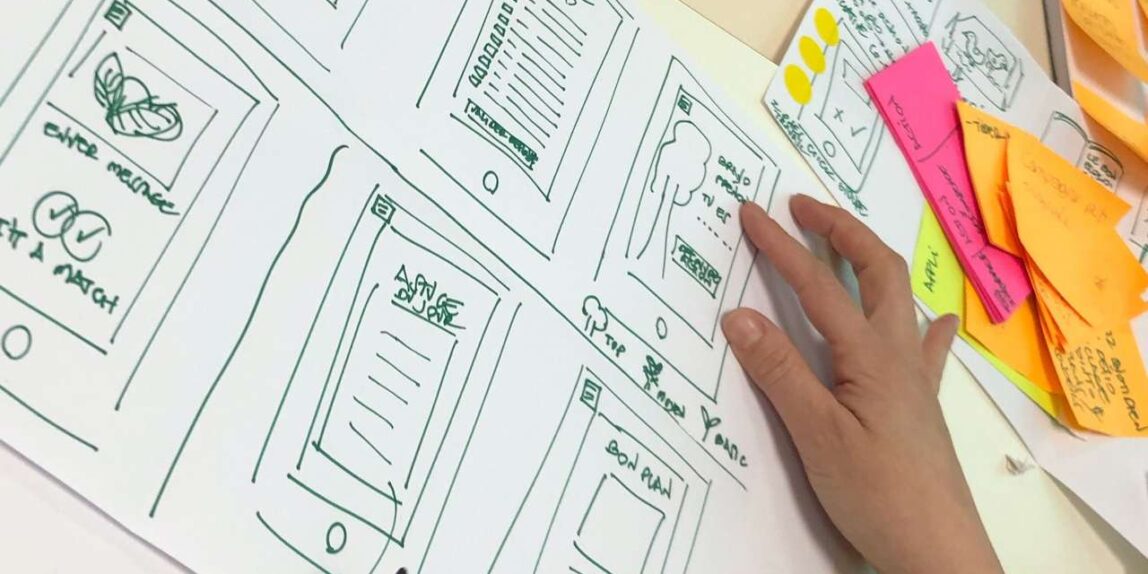We frequently hear that “people are lazy” when discussing user experience design. We think this makes for a misleading and unhelpful statement. It’s true that people don’t like to read, but they do like to get things done quickly and easily — which is what makes them lazy! So while you shouldn’t assume users will be searching for the easiest way to achieve what they want, it’s better not to assume they won’t either. Here are psychological tenets that will help you create an intuitive interface.
Users are selfish
One of the key tenets in psychology is that of self-centeredness. In other words, we’re more concerned about our own needs than those of others. This means that when you ask someone to do anything for you, people will likely be more willing to comply if it doesn’t require any additional endeavor on their part — it’s easier just not to think of it (or read).
However, this can also work against UX designers: They may find themselves asking users for things like “just sign up!” or “please click here!” because they want immediate gratification and don’t want to bother with details. If a user has already done some research into what your product does before signing up and/or clicking through multiple pages before getting where they need to go — and they are satisfied with its functionality — they won’t mind waiting until later if there’s no rush or pressure involved; after all, why should I have been happy doing nothing but waiting around?
Customers don’t read
Users don’t read the fine print. They can’t, because they have too many other things to do. They just skip straight over it and go on reading your website or app for their needs at hand, which means that if you’re using marketing copy in an attempt to sell them something (which I’m sure some companies do), then users won’t know about it until after they’ve made a purchase decision based on what’s visible on screen.
Users don’t read instructions or instructions texts either — they’ll just click “Next” until everything looks right before moving onto something else completely unrelated to what was being asked of them earlier down this page!
Help text is another thing that doesn’t get read frequently; in fact most people will never even visit any kind of help page unless prompted by clicking somewhere else within an interface (e.g., when clicking on buttons). And even then there’s only so much information available around here anyway — so let’s make sure we’re giving useful information rather than just repeating ourselves over again ad nauseam!
People are formalistic
People you design for are likely to be formalistic, which means they’re not used to being asked questions. They’re used to being given answers and explanations, and they need those in order to make their decision.
In order for them to do that effectively, you need a process where the user can explain their reasons for making decisions or taking actions (e.g., buying products). If a UX designer asks “Why did my user buy this product?” and then just accepts whatever answer the user gives without asking follow-up questions or clarifying anything further about what actually happened during the purchase process — or even if there’s no clear explanation — then it’s likely that your design will fail on many levels:
Users are lazy
You might be surprised to learn that your customers are lazy. In fact, people are not even all that interested in reading long articles on a mobile device, either. There isn’t anything wrong with them; it’s because most people don’t have time for such things and would rather just get through the task at hand as quickly as possible.
If you wish your customers to keep coming back for more content from your website or app, then ensure that each piece is easy enough for them to find without having to go through too many hoops (and assure that there are no hoops).
It’s vital to remember that users will be seeking the easiest way to achieve what they want. This means that you need to design your product in such a way that it makes good sense, and can be explored by anyone.
This principle also applies when designing interfaces and interactions within your app or website: if a customer can’t find what they want easily, they will probably stop using it altogether.
Conclusion
And that’s why it’s essential to understand how people think before you begin designing. Those who don’t take the time to do so can end up with a frustrating experience for their customers — and if they’re really unlucky, their app might even get rejected by Apple or Google!
